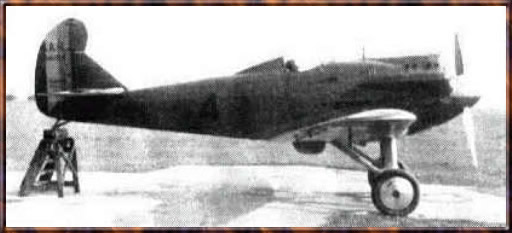
The report stated that " The IAR-14 is easy to fly and it also posseses the great quality of coming in slowly at landing, which gives undisputed superiority over many other modern planes, particularly the PZL aircraft. The IAR plane, like all low-wing monoplanes has excellent vertical visibility, superior in air combat to all
other airplanes, parasol or biplane . As for overall visibility, a careful study of the IAR-14 shows it is better than that of most modern planes. Regarding lower visibility, the inevitable drawback caused by the wing's position are compensated by maneuverability. The IAR-14 is a rugged aircraft, a fact confirmed by the incident at the airshow on the 4th of August, 1932, when it has withstood vibrations which few other planes could have supported....The IAR plane, fitted with a Lorraine engine, can serve not only as an excellent trainer for fighter pilots, but also a fighter, while waiting to be equipped with a new powerplant...". Following Negrescu's report, 20 IAR-14's were finally ordered in late September 1933. Production was plagued with problems, because of many other rush orders that had to be given priority, with the last 3 planes being delivered to the ARR as late as September 1939.